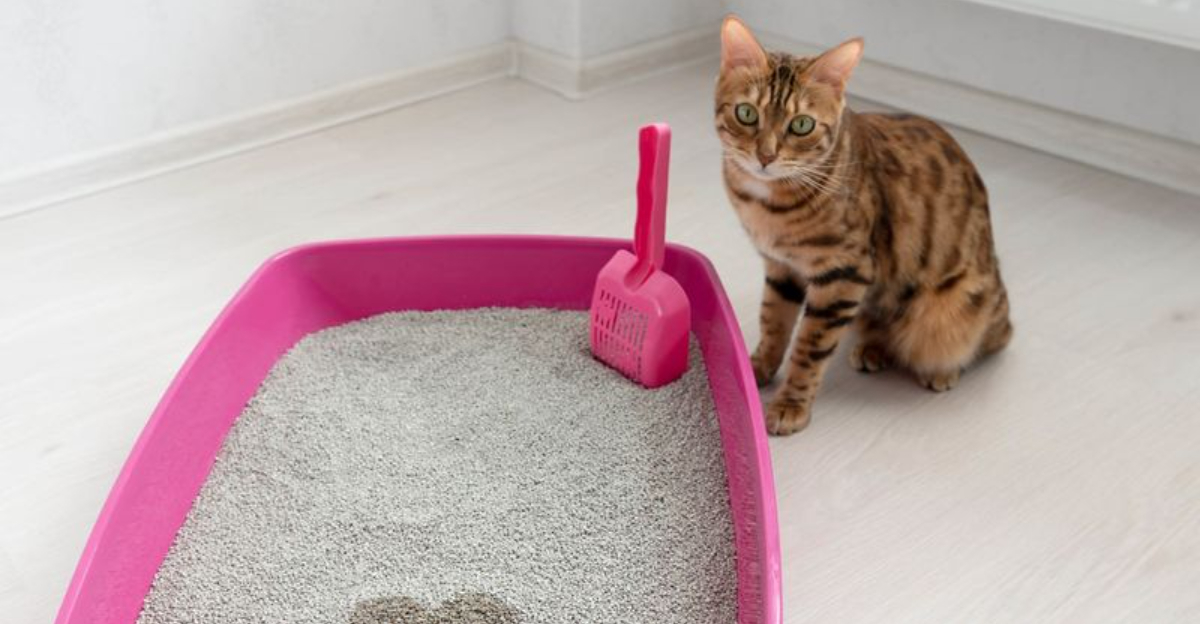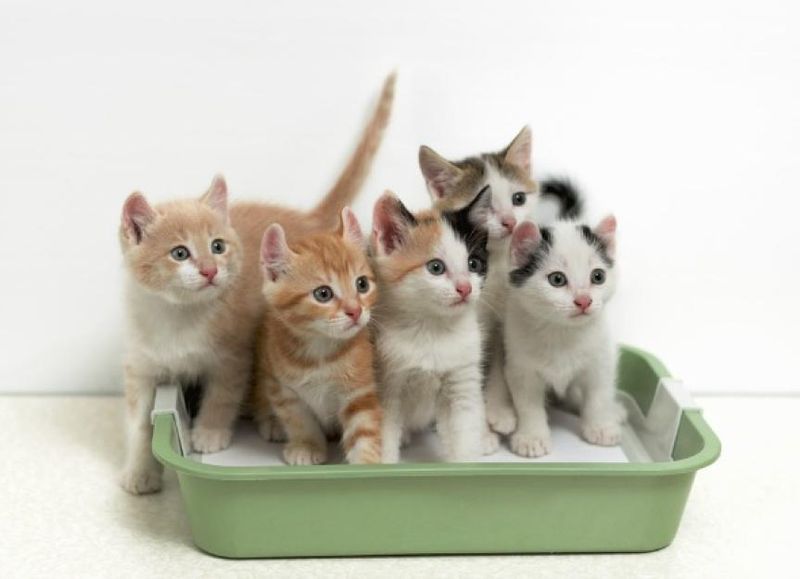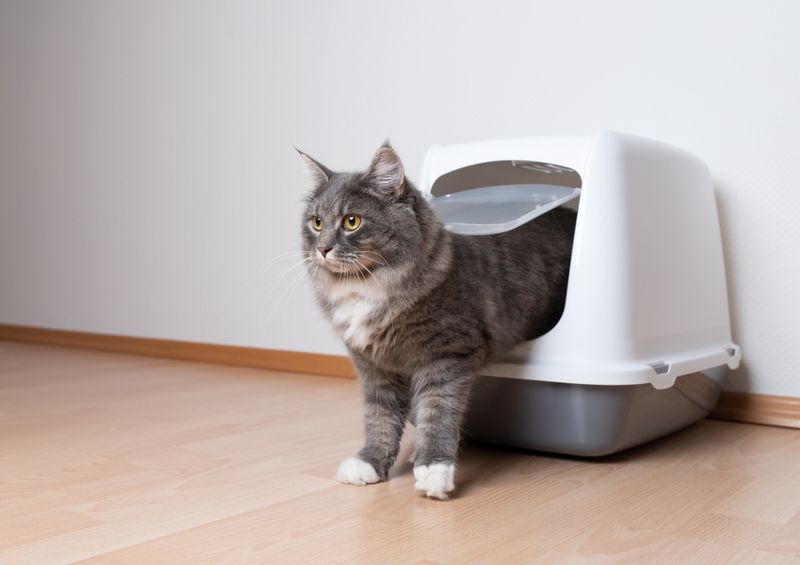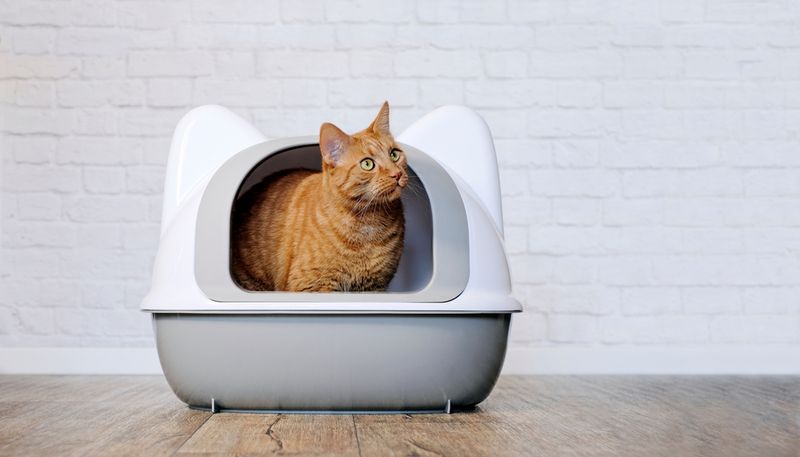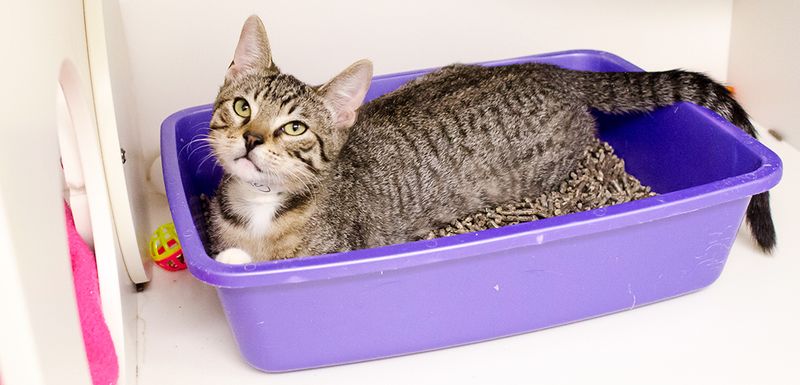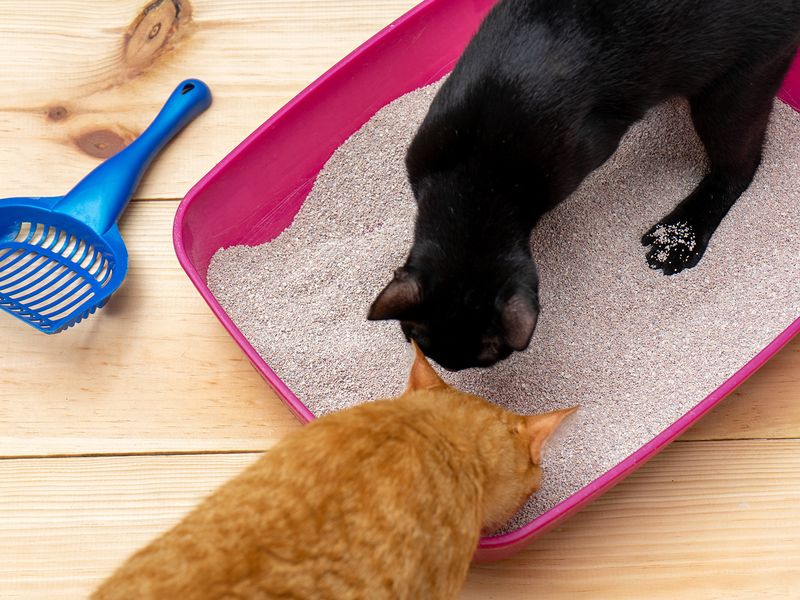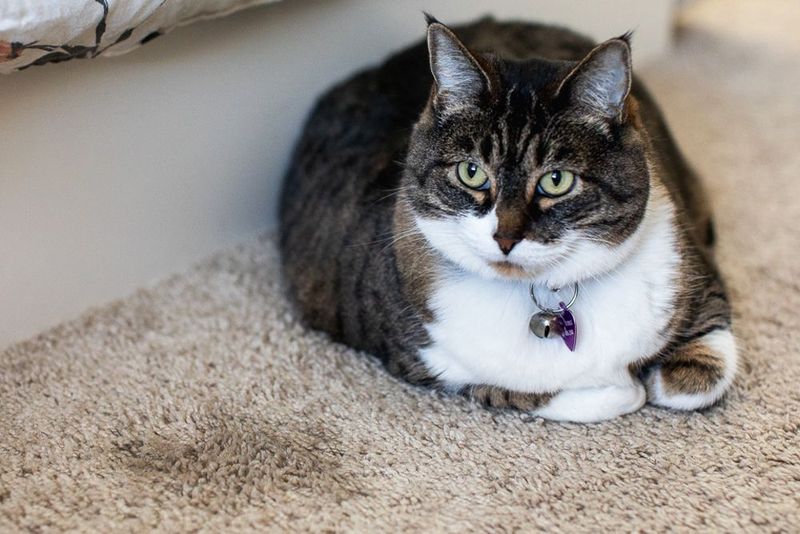📖 Table of Content:
Many pet parents assume that if their cats get along or share food and sleeping spaces, they can also share a single litter box. Unfortunately, this is one of the quickest ways to invite stress, behavior issues, and health risks into your home.
Cats are instinctually clean and private animals. Their litter box habits are deeply tied to their sense of safety and control over their environment. When those needs aren’t met—especially in shared scenarios—they may act out in ways that seem puzzling or even destructive to their humans.
Veterinarians and feline behaviorists strongly recommend following the “1+1 rule”—one litter box per cat, plus one extra—to keep cats healthy, happy, and out of trouble. Below are eight compelling reasons why sharing a litter box simply doesn’t work for most cats, even those who otherwise seem to get along just fine.
1. Territorial Behavior
Instinct drives many of a cat’s behaviors, and territoriality is one of the strongest. Even cats raised together may view resources—like litter boxes—as personal property. When one cat tries to use what the other considers their space, conflict can arise. This can look like hissing, swatting, or passive behaviors like one cat avoiding the box altogether. The stress of having no private place to go can impact more than just mood—it can affect digestion and overall health. Cats thrive in environments where they feel secure, and a shared litter box disrupts that sense of control. Preventing territorial disputes starts with giving each cat their own designated toilet.
2. Litter Box Guarding
Power dynamics exist in the feline world, and dominant cats can become litter box bullies. A cat may physically block access to the box or intimidate the other with glares, growls, or lunges. The more submissive cat might end up “holding it in” or searching for hidden corners to relieve themselves. Such guarding behavior often goes unnoticed by humans until it escalates into inappropriate elimination. Even in a seemingly peaceful household, subtle intimidation can create a tense litter box environment. By offering multiple litter boxes in different locations, you reduce the chance of resource guarding. Respecting a cat’s autonomy goes a long way in keeping peace.
3. Increased Risk of Inappropriate Elimination
Frustration over a dirty or occupied box often leads to cats finding alternative spots to go. This is one of the most common—and difficult—problems faced by cat owners. From peeing on laundry piles to defecating behind furniture, the behavior is both a cry for help and a survival strategy. Cats avoid places that smell too strongly of others or that feel unsafe, especially when they’re stressed. Punishing the cat won’t help, as the root cause is usually environmental. Instead, understanding their need for clean, conflict-free bathroom access is key. Reducing competition is a powerful way to reduce messes.
4. Overwhelming Odor and Mess
Twice the waste in one box leads to rapid buildup of smell and bacteria. Even if you’re scooping once or twice a day, it’s difficult to maintain a level of cleanliness that two cats are comfortable with. Ammonia levels rise quickly, and so does resentment—cats may start to avoid the box out of disgust. Imagine stepping into an unflushed public restroom: that’s how your cats feel. Not only does this affect feline satisfaction, but it impacts household freshness too. The more boxes you have, the easier it is to keep them clean and your home smelling better. A hygienic setup benefits everyone under the roof.
5. Higher Risk of Disease Transmission
Sharing a litter box is like sharing a toothbrush—possible, but not recommended. If one cat harbors a virus, bacteria, or internal parasite, the box becomes a transmission hotspot. Germs in feces or urine can easily infect the other cat, especially if they have compromised immune systems. Some diseases, like feline coronavirus, can spread silently and only become symptomatic much later. Cleanliness doesn’t guarantee safety when there’s cross-contamination. To minimize medical risks, separate boxes are not just a luxury—they’re a protective measure. Your vet will thank you (and so will your wallet).
6. Privacy Needs
Privacy matters more to cats than many realize. A single box in a noisy area or one frequented by others can feel like a spotlight for shy or anxious cats. They may try to sneak in when it’s quiet or hold in their waste until they’re desperate. This delay can lead to health issues like constipation or urinary tract infections. It also raises anxiety levels over time, making them more sensitive to other changes in the home. By creating quiet, separate spaces for each litter box, you honor your cat’s need to eliminate without pressure. Respecting their privacy leads to better behavior and wellbeing.
7. Not Enough Space
When one cat eliminates and doesn’t cover it, the other might refuse to go next. This conflict over cleanliness happens even between the best of feline friends. Some cats are meticulous, while others are lazy—or just don’t care. That mismatch can cause tension and box avoidance, especially if scooping isn’t frequent. Two cats using the same space inevitably results in more waste and more chances for it to be rejected. Clean boxes are not only more appealing but essential to regular bathroom habits. Spacing out the mess by offering multiple options solves the issue elegantly.
8. Goes Against the “1+1 Rule”
Every expert you ask will echo one rule: the “one litter box per cat, plus one” formula. This isn’t just superstition—it’s backed by science and experience. Giving cats multiple options allows them to choose the one that feels safest, cleanest, and most accessible. Skipping this setup often leads to behavioral fallout that could have been avoided. Cats may seem adaptable, but litter box sharing is rarely a success story. The extra effort up front saves you stress and cleanup later. It’s a small change with a huge impact.
